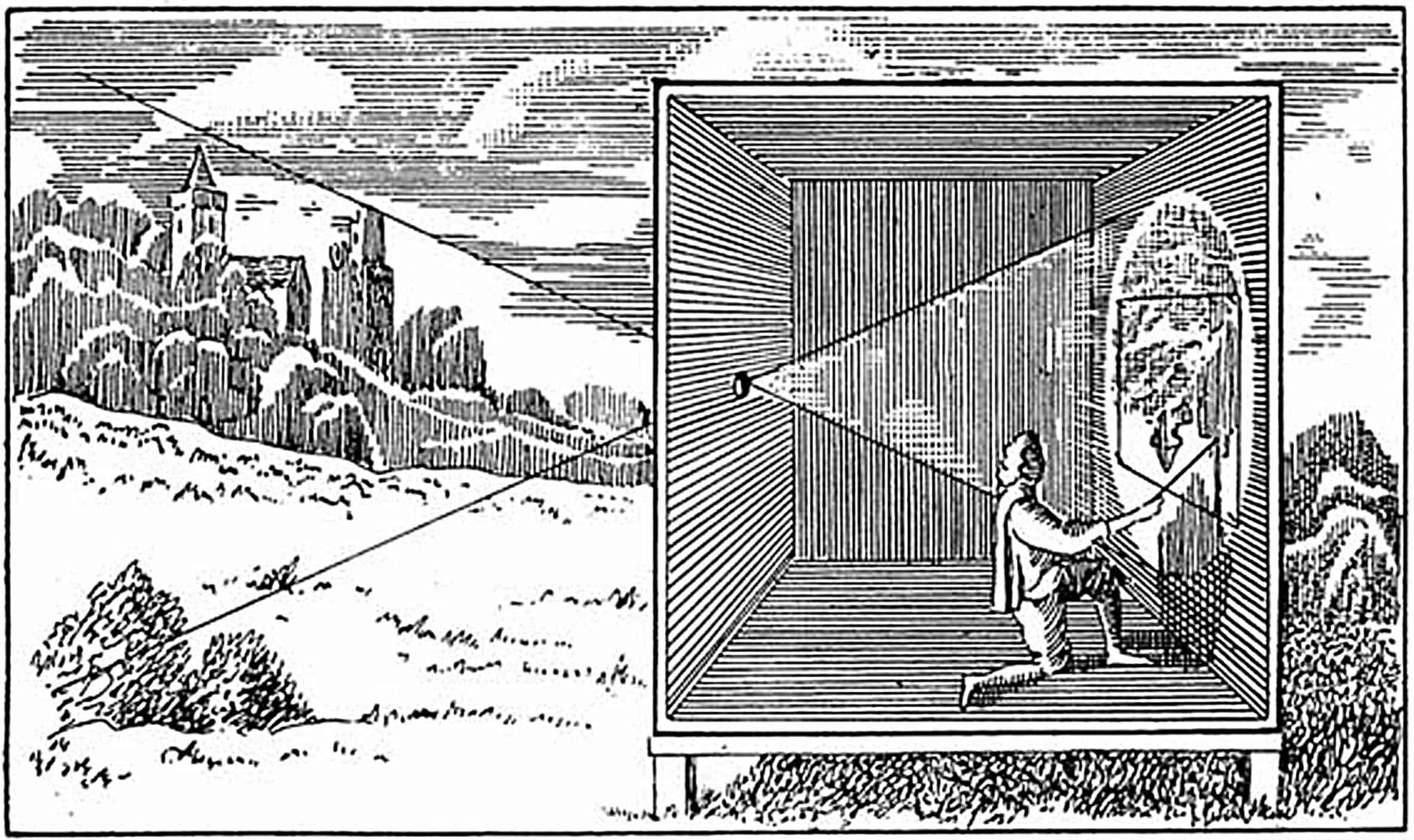“To me, photography is an art of observation. It’s about finding something interesting in an ordinary place… I’ve found it has little to do with the things you see and everything to do with the way you see them.” — Elliott Erwitt
The 90s was the decade that (almost) blew everything up. From classic sitcoms to unforgettable girl power music. Football leagues and World Cups. Music and everything teen-related. Fashion, MTV, and for the sake of this piece, sports photography. The 90s gave them a distinct definition.
Growing up in the 90s was either terrific or horrific. And it depends on who you are talking to and where their growing up happened. One thing that we can agree on about the 90s is that it was a gift that is still giving.
Back then, there were indicators of how photography could change sports. But no one could have predicted how much impact visualization would have on sports. Or its influence on the players we watch and love. With the hindsight of decades, it is clear and if experts are right, there is still so much to explore. Your poison could be football, basketball, wrestling, or even boxing.
There were colourful magazines with tiny cut-outs, life-size posters, provocative interviews, and pictures. Whatever your drug, there was a fix for everyone. Although it came with a price and was sometimes difficult to find, it was oh-so-beautiful. The glorious moment when you finally beat other fans to the picture of your dreams. Unrolling your prize, and with the aid of some glue, let it find a home on your wall. To serve as evidence of your love and loyalty and a reason for some kind of inspiration.
We are often swayed by what we hear and see and the visual representation of a subject. For decades, advert executives have exploited it. Rolling out billions to create visual stories and in return, they’ve earned trillions.
Images have always depicted where we are in history, what we are, and an image of our past. Before the 17th century images only existed, from carving on a wall to paintings. Making it only available to royals and those with a deep pocket. Until the genius of the camera obscura came to life.
The world stumbled on something magnificent. And we have exploited that magnificence as a force for and also great evil. Women’s sport hasn’t always had a visual representation of athletic prowess or abilities. That narrative persisted in how its photographs. Women’s sports started as a symbol of defiance.
From the era when women’s involvement in sports activities was improper. To the scientific propaganda of how it caused infertility. To outright bans and objectification. Women’s sports metamorphosed from being a game. It became a movement and a battle cry. For freedom of expression and the unapologetic right to be whoever and whatever. To dare to live in the moment, to dream, to aspire, to build, and create. To succeed as a woman, being human or talented was not enough. You needed an extra dose of tenacity-sprinkled with perseverance and wrapped in sacrifice.
The approach to photographing women’s sports and their visual history is problematic. It is always with connotations of presumptions rather than what it is. They were not deserving to play sports so, they had no attention. The images were unflattering and the descriptions were even worse. The parameters built around it made it hard for the athletes to thrive. Only a minute percentage ever got coverage. As the decades rolled by, it became fewer. This was ironic because more women became involved in sports as a full-time career.
The photography and, documentation of women’s sport became more about struggle and less about sports. It became a subpar imitation of Playboy magazine.
Baron Pierre de Coubertin the father of the modern Olympics a firm believer in sports education as a tool for development. And a path to a healthier, thriving society believed that: “contact with women’s athletics is bad [for male athletes].”
In the year 1896, at the first modern Olympics, Stamata Revithi fought for her right to run in the Olympics. She got deprived of the opportunity. What she did, was gather some witnesses and did it anyway. She completed her race in 5 and a half hours but wasn’t allowed to cross the finish line in the Panathinaikos Stadium. Where only a day before thousands sat down to witness a race that gave birth to the hero Spyridon Louis.
It was important to maintain an illusionary image that only men could run that distance. Any image contrary to that was bad for optics.
For the sake of optical illusions, below is an imagery visualization of the historic Olympics run in 1896.
Pierre de Frédy, Baron de Coubertin was a French educator and historian. Founder of the International Olympic Committee, and its second President. He is one of the fathers of the modern Olympic Games. Famous quote: “A female Olympian would be impractical, uninteresting, unaesthetic, and incorrect. The Olympic Games should be reserved for men. A woman’s role should above all be to crown the champions”
Stamata Revithi was a Greek woman who ran the 40-kilometer marathon during the 1896 Summer Olympics. The Games excluded women from the competition, but Revithi insisted that she should be allowed to run.
Source: Wikipedia
There is no actual photographic image of Stamata and no record of her life after the race. Her story is a legend and is generally believed to be true. But, when there is no photographic record, it might as well be an illusion.
The legend of Stamata in its entirety tells a tale of intrigue, wit, and drama. Of one woman’s desire to live out her life and dreams. According to an article on runningheroes, Stamata was quoted as saying; “I can finish the marathon in 3 hours. I have dreamt of wearing a golden robe, my hands filled to the brim with golden almonds. I will not eat the day before the race. Countless the times I have been forced to survive on an empty stomach, my child in my arms. I am tough”.
There is a 1.2 trillion dollar industry that thrives on looks and aesthetics. The ability to take what is and transform it into what it is not. What makes sports different, is capturing very real moments and memories. In live-action, there are no double-takes, you can’t say;
“Hey, I like the way you moved your feet and how it ended up propelling that ball. Could you do that real quick again and continue the match?’’
You either get it or you don’t. The understanding of the adrenaline. The hours in training for a few moments. It guides every real sports photography you’ll ever look at.
The only illusion that exists in sports is watching talents so good you question the law of gravity. And every law of physics you’ve heard about. That kind of illusion is not orchestrated.
Unfortunately, photographing women’s sports is an island of illusions.
“Here, we’ll take a world-class champion with a decent trophy chest and focus the camera on the left side of her chin. Watch the way the sun hits it and have a five-page conversation on her morning routine. After all, what else could be responsible for that glow?” or “We could be at a marathon and take loads of pictures and focus on the ones with the brightest smiles. Nobody wants to see all that glory sweat. See! She is so cute.”
“It is important to look in a way that is media-worthy. Your entire career will always boil down to how you can pull off a red-carpet look. Your actual achievement will get a passing mention or not at all.”
Photographs are a reminder. That could be the reason why female athletes are pictured from angles and spots that serve as a reminder that they are just “women”. Despite the achievements and hard work to perform extraordinary feats. Which in itself is an illusion because that is exactly what it is not.
The good thing about photographs? They can change. New lenses can move in and replace with old ones.
There have been many conversations about the objectification of women in sports. Those conversations gave birth to some changes but, it is still slow. I do not believe any female athlete needs to be a renegade to get respect and proper visual coverage.
Visual representation is important. With pictures unlike videos, one look is all it takes to see it.
Let that one look be the right representation. The world is full of a lot of things that appear to be and are not. Ask any magician or poker player or better still, Artificial Intelligence.
In sports, a field that calls for the best of your physical and mental abilities. A field where women have to fight for everything that they’ve ever gotten, let us keep it free from illusions.
“To me, photography is an art of observation. It’s about finding something interesting in an ordinary place… I’ve found it has little to do with the things you see and everything to do with the way you see them.” — Elliott Erwitt
The 90s was the decade that (almost) blew everything up. From classic sitcoms to unforgettable girl power music. Football leagues and World Cups. Music and everything teen-related. Fashion, MTV, and for the sake of this piece, sports photography. The 90s gave them a distinct definition.
Growing up in the 90s was either terrific or horrific. And it depends on who you are talking to and where their growing up happened. One thing that we can agree on about the 90s is that it was a gift that is still giving.
Back then, there were indicators of how photography could change sports. But no one could have predicted how much impact visualization would have on sports. Or its influence on the players we watch and love. With the hindsight of decades, it is clear and if experts are right, there is still so much to explore. Your poison could be football, basketball, wrestling, or even boxing.
There were colourful magazines with tiny cut-outs, life-size posters, provocative interviews, and pictures. Whatever your drug, there was a fix for everyone. Although it came with a price and was sometimes difficult to find, it was oh-so-beautiful. The glorious moment when you finally beat other fans to the picture of your dreams. Unrolling your prize, and with the aid of some glue, let it find a home on your wall. To serve as evidence of your love and loyalty and a reason for some kind of inspiration.
We are often swayed by what we hear and see and the visual representation of a subject. For decades, advert executives have exploited it. Rolling out billions to create visual stories and in return, they’ve earned trillions.
Images have always depicted where we are in history, what we are, and an image of our past. Before the 17th century images only existed, from carving on a wall to paintings. Making it only available to royals and those with a deep pocket. Until the genius of the camera obscura came to life.
The world stumbled on something magnificent. And we have exploited that magnificence as a force for and also great evil. Women’s sport hasn’t always had a visual representation of athletic prowess or abilities. That narrative persisted in how its photographs. Women’s sports started as a symbol of defiance.
From the era when women’s involvement in sports activities was improper. To the scientific propaganda of how it caused infertility. To outright bans and objectification. Women’s sports metamorphosed from being a game. It became a movement and a battle cry. For freedom of expression and the unapologetic right to be whoever and whatever. To dare to live in the moment, to dream, to aspire, to build, and create. To succeed as a woman, being human or talented was not enough. You needed an extra dose of tenacity-sprinkled with perseverance and wrapped in sacrifice.
The approach to photographing women’s sports and their visual history is problematic. It is always with connotations of presumptions rather than what it is. They were not deserving to play sports so, they had no attention. The images were unflattering and the descriptions were even worse. The parameters built around it made it hard for the athletes to thrive. Only a minute percentage ever got coverage. As the decades rolled by, it became fewer. This was ironic because more women became involved in sports as a full-time career.
The photography and, documentation of women’s sport became more about struggle and less about sports. It became a subpar imitation of Playboy magazine.
Baron Pierre de Coubertin the father of the modern Olympics a firm believer in sports education as a tool for development. And a path to a healthier, thriving society believed that: “contact with women’s athletics is bad [for male athletes].”
In the year 1896, at the first modern Olympics, Stamata Revithi fought for her right to run in the Olympics. She got deprived of the opportunity. What she did, was gather some witnesses and did it anyway. She completed her race in 5 and a half hours but wasn’t allowed to cross the finish line in the Panathinaikos Stadium. Where only a day before thousands sat down to witness a race that gave birth to the hero Spyridon Louis.
It was important to maintain an illusionary image that only men could run that distance. Any image contrary to that was bad for optics.
For the sake of optical illusions, below is an imagery visualization of the historic Olympics run in 1896.
Pierre de Frédy, Baron de Coubertin was a French educator and historian. Founder of the International Olympic Committee, and its second President. He is one of the fathers of the modern Olympic Games. Famous quote: “A female Olympian would be impractical, uninteresting, unaesthetic, and incorrect. The Olympic Games should be reserved for men. A woman’s role should above all be to crown the champions”
Stamata Revithi was a Greek woman who ran the 40-kilometer marathon during the 1896 Summer Olympics. The Games excluded women from the competition, but Revithi insisted that she should be allowed to run.
Source: Wikipedia
There is no actual photographic image of Stamata and no record of her life after the race. Her story is a legend and is generally believed to be true. But, when there is no photographic record, it might as well be an illusion.
The legend of Stamata in its entirety tells a tale of intrigue, wit, and drama. Of one woman’s desire to live out her life and dreams. According to an article on runningheroes, Stamata was quoted as saying; “I can finish the marathon in 3 hours. I have dreamt of wearing a golden robe, my hands filled to the brim with golden almonds. I will not eat the day before the race. Countless the times I have been forced to survive on an empty stomach, my child in my arms. I am tough”.
There is a 1.2 trillion dollar industry that thrives on looks and aesthetics. The ability to take what is and transform it into what it is not. What makes sports different, is capturing very real moments and memories. In live-action, there are no double-takes, you can’t say;
“Hey, I like the way you moved your feet and how it ended up propelling that ball. Could you do that real quick again and continue the match?’’
You either get it or you don’t. The understanding of the adrenaline. The hours in training for a few moments. It guides every real sports photography you’ll ever look at.
The only illusion that exists in sports is watching talents so good you question the law of gravity. And every law of physics you’ve heard about. That kind of illusion is not orchestrated.
Unfortunately, photographing women’s sports is an island of illusions.
“Here, we’ll take a world-class champion with a decent trophy chest and focus the camera on the left side of her chin. Watch the way the sun hits it and have a five-page conversation on her morning routine. After all, what else could be responsible for that glow?” or “We could be at a marathon and take loads of pictures and focus on the ones with the brightest smiles. Nobody wants to see all that glory sweat. See! She is so cute.”
“It is important to look in a way that is media-worthy. Your entire career will always boil down to how you can pull off a red-carpet look. Your actual achievement will get a passing mention or not at all.”
Photographs are a reminder. That could be the reason why female athletes are pictured from angles and spots that serve as a reminder that they are just “women”. Despite the achievements and hard work to perform extraordinary feats. Which in itself is an illusion because that is exactly what it is not.
The good thing about photographs? They can change. New lenses can move in and replace with old ones.
There have been many conversations about the objectification of women in sports. Those conversations gave birth to some changes but, it is still slow. I do not believe any female athlete needs to be a renegade to get respect and proper visual coverage.
Visual representation is important. With pictures unlike videos, one look is all it takes to see it.
Let that one look be the right representation. The world is full of a lot of things that appear to be and are not. Ask any magician or poker player or better still, Artificial Intelligence.
In sports, a field that calls for the best of your physical and mental abilities. A field where women have to fight for everything that they’ve ever gotten, let us keep it free from illusions.


